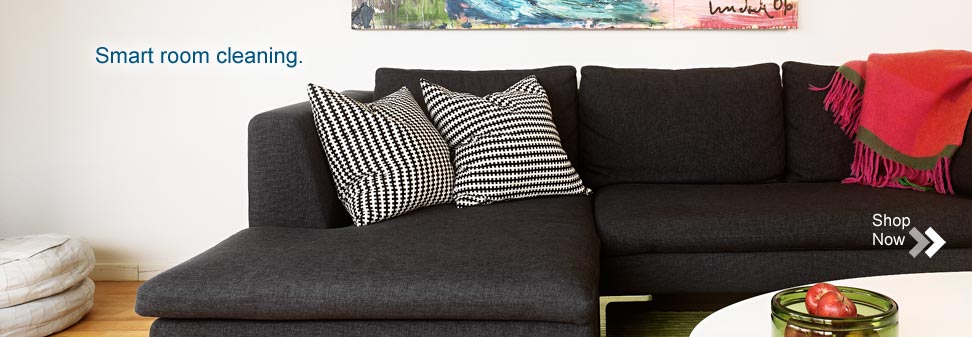Bedroom & Living Room Cleaning Tips
Dusting
Regularly dust cabinets, shelves and nightstands inside and out with a microfiber cloth (available as a dusting or cleaning cloth). Moisten the cloth with water if necessary. Also wipe off heaters and lamps as well as blinds and shades since they tend to collect dust. Knick-knacks, flower pots and pictures also need to be dusted.
Vacuum sofas and armchairs
Debris and food tend to collect under cushions, so it is a good idea to vacuum under them on occasion.
Velvet sofas: Spread salt on the sofa before vacuuming since doing so will help release dust and dirt as well as enhance luster.
Change sheets and air them frequently
Mites love to live in beds. Particularly individuals who suffer from allergies may experience problems caused by these small "pets". Thus, it is important to change sheets frequently and air them as often as possible. It is also a good idea to avoid making your bed as soon as you get up in the morning, and to air the room before making it. Remember to wash bedspreads, blankets, pillows and pillow covers occasionally.
Shake curtains
Curtains tend to collect a great deal of dust, so shake them or wash them from time to time.
Mopping floors without chemicals.
Since Smart microfiber mops leave a minimal amount of water behind, they can be used on any type of flooring. Rinse and wring the mop thoroughly in warm water. Use an environmentally friendly cleaner should chemicals be required unless the flooring manufacturer recommends otherwise. Remember to use the mop to clean baseboards as well.
Dry mopping instead of vacuuming
It often suffices to clean the floor with a dry microfiber mop, especially during the summer months. Doing so saves on electricity costs and time since it is not necessary to take out your vacuum cleaner and lug it around. Dust and dirt particles get caught in the microfibers instead of swirling around on the floor as they tend to do when using a normal broom. A vacuum cleaner may be required, in particular during the winter months, since gravel and other large material (that is too heavy for the microfibers) can get carried in from outside. Dry mop in a S motion and use the mop to clean the walls and ceiling.
Cleaning floors
It often suffices to dry mop floors regularly with a microfiber mop since it attracts dust and small dirt particles. Mop with water on occasion, and use an environmentally friendly cleaner for heavy soiling. It is important to use a good microfiber mop that does not leave an excessive amount of water on the floor.
Scuff marks
Place your foot on the microfiber mop base and push down with your foot; the pressure and a damp microfiber mop will remove scuff marks.
Rugs
Rugs need to be regularly shaken and should be washed on occasion. Try to remove small spots with a little hand dishwashing liquid and a wet cloth. Use a dry microfiber cloth to remove liquids that have been spilled on carpets. Place the cloth over the spot and press carefully. It will absorb almost all of the liquid within a few minutes.
Fire places
Remove soot from glass doors by using lightly moistened newspaper to dip in the ashes and then rub on the glass.
